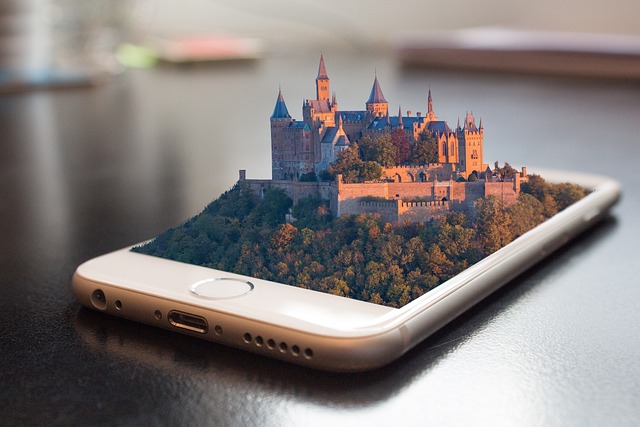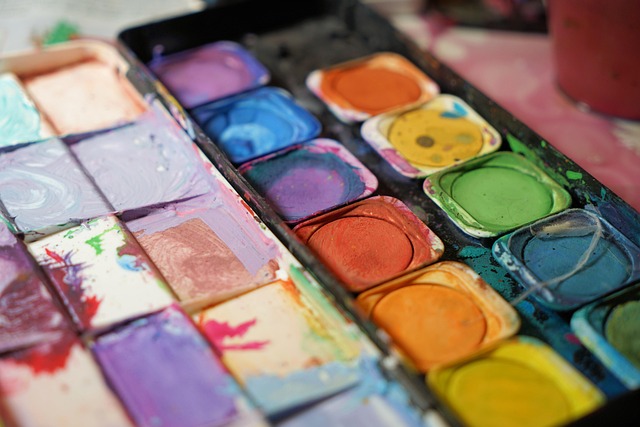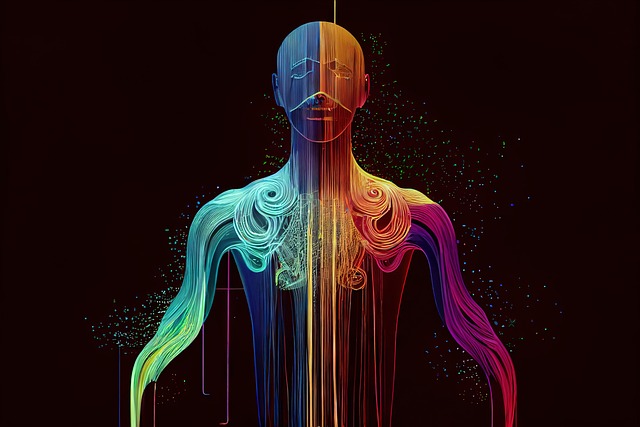Immersive Beginnings
Step into a world where pixels pulse with emotion and every brushstroke is coded into reality. The realm of virtual art has shattered the confines of canvas and clay, inviting you to explore an ever-shifting landscape of color, form, and light. In this space, art and design are not separate disciplines but intertwined forces that shape immersive experiences and spark boundless creativity.
The Essence of Virtual Art
Virtual art thrives on the interplay between imagination and technology. When you don the headset or open a fullscreen window, you’re not just looking at a digital display—you’re stepping inside a living, evolving masterpiece. Layers of geometry dance around you, guided by the same design principles that have informed centuries of physical artwork: balance, contrast, rhythm, and harmony. Yet here, those principles take on new dimensions, twisting and reshaping themselves in response to your gaze, your gestures, even your emotions.
Design as a Guiding Framework
Design in virtual graphics goes beyond aesthetics. It’s the invisible architecture that ensures coherence, usability, and emotional resonance. Whether crafting a sleek VR gallery or a multiplayer art installation, designers map out user journeys with the precision of urban planners. They anticipate every click, every pivot of the head, and every lingering glance. By marrying ergonomic insights with artistic vision, they transform abstract ideas into seamless digital environments where you feel both at home and electrified by possibility.
Where Art and Design Converge
At the heart of virtual graphics lies a powerful synergy: art supplies the soul, design provides the structure. Consider an interactive sculpture—its form sculpted in three.js or Unity, its textures painted in subtle gradients that respond to ambient sound. As you move, the sculpture morphs, reflecting your presence through shifting light and shadow. This interplay creates a dynamic narrative that unfolds around you, turning observer and creator into one.
- Collaborative Experiences: Virtual canvases where multiple participants paint simultaneously, their strokes converging in stunning visual dialogues.
- Adaptive Environments: Spaces that reshape themselves based on biometric feedback, marrying design logic with artistic spontaneity.
- Narrative Journeys: Story-driven realms where every corridor, every object, is an artwork informed by design thinking and creative expression.
Embracing the Future of Graphics
As hardware and software continue to evolve, the boundaries between the real and the virtual blur ever more. You may soon find yourself wandering through ethereal forests grown from algorithmic seeds or co-creating holographic murals with artists on the opposite side of the globe. In this landscape of infinite possibility, virtual art and design stand hand in hand, offering experiences that resonate emotionally and challenge our very notions of creativity.




